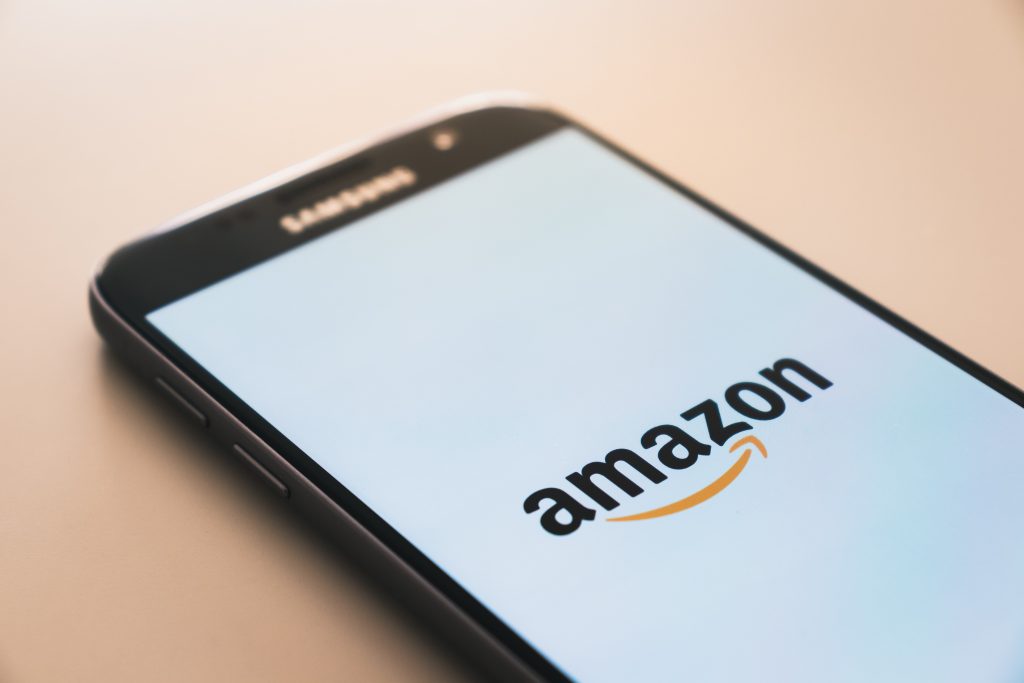This week, the complete implications of bringing employees back to the office in a post-pandemic world. Plus, why career breaks hit your confidence so hard; how COVID has affected employee perks; wat the office could look like with hybrid working models; and the 10 million jobs that could be created with clean energy investments. Read this week’s trends from the world of work.
July 16, 2021
Future of Skills
Future of Work
#1. The implications of bringing employees back to the office.
As companies determine their models for where employees will work, business need to keep in mind the implications of their decisions. Decisions about returning to the office were, and still are, an emotional, physical, and financial roller coaster. The implications are major for workers. Employees will need to plan around real estate expenditures, change the way they operate their IT functions, and manage child care – among other challenges. Read more at Forbes.

#2. Why career breaks hit your confidence so hard.
Time off from work – no matter the length – can be a big hit to your confidence. Returning to the office can mean new faces, new technology, new policies, and it can be easy to feel as if you have fallen behind. That’s true whether the break is short, or long. More than a third of all people returning to work experience a dip in confidence, according to a report from Vodafone UK. That confidence dip is much more prevalent in women, who tend to be more likely to take breaks. How can companies help? Better support for workers.
“They can actively look at their recruitment processes and find where there are steps that discriminate against anyone who’s not had a linear career,” says Unwin. “If the CV is being screened by young recruiters who are rewarded by how quickly they can fill a job, they’ll never look twice at someone without a linear CV.” Read more at BBC.

#3. How COVID has affected employee perks – and what they will look like post-pandemic.
Since the pandemic hit, businesses have been forced to rethink how they provide employee perks to engage and reward their workers. Instead of free in-office lunches and snacks, companies have offered subscriptions to mental health apps and various stipends. Flexibility is no longer a selling point – it’s the norm. But how will these perks change when employees return to the office? There will still be demand for wellness offerings as well as childcare support. Read more at Forbes.

#4. Clean energy investment could create 10 million new jobs.
Tens of thousands of new projects in the renewable energy sector could help develop 1 million clean energy jobs in 50 countries around the world, a new report has found. The most amount of jobs would be created in China and the United States, where projects could create 2 million and 1.8 million jobs respectively, according to a report from consultancy firm EY-Parthenon. The investment would help slash climate-heating emissions and work to build a green recovery from the pandemic. Read more from the WEF.

#5. What the office could look like now with hybrid work.
The purpose of the office has changed, now that companies are shifting more to hybrid work, according to a report in the BBC. How will the office change? Expect different floorplans, functions, and technologies as leaders begin their brand new experiment of changing their offices.
“We’re really trying to see the office in a different way,” says James O'Flaherty, Adtrak’s business operations director. “Before it was, ‘I go to the office, because that’s what I do to work’. Now, we want it to be more like, ‘I’m going into the office today because today is the day I see people’. We’re trying to use that day in the office to be more collaborative, get some face-to-face time and really reignite the culture we’ve missed being remote.” Read more at the BBC.




